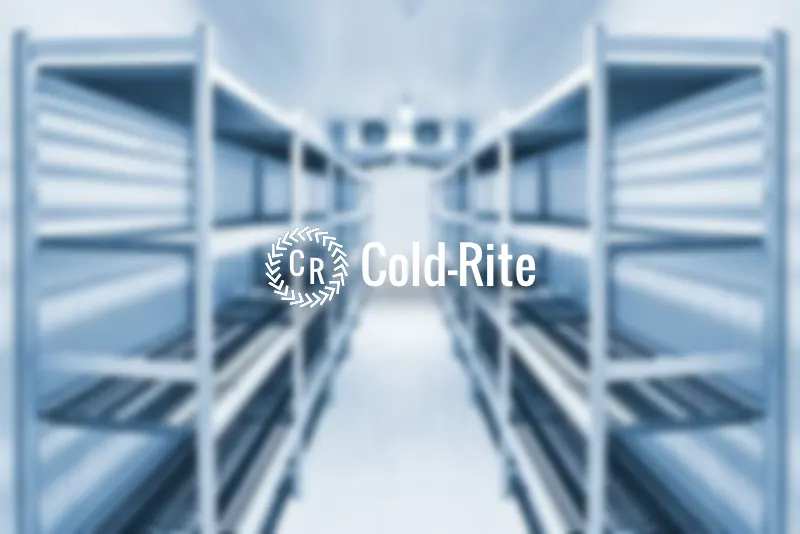Commercial refrigeration has so many applications for different businesses in Australia. Cold storage and freezer rooms play a vital role for:
- Body Storage, Morgues and Mortuaries
- Food manufacturing and storage
- Pharmaceutical manufacturing and storage
- Laboratory testing
- Medical and veterinary sciences
- Medical and veterinary sciences
Over the years, commercial refrigeration systems have gotten more advanced to accommodate different temperatures and needs. But what’s going on behind the refrigerator doors?
In this article, Cold-Rite, Sydney’s commercial refrigeration experts, breaks down the technology behind modern commercial and industrial refrigeration systems.
The Second Law of Thermodynamics
How does refrigeration work? The Second Law of Thermodynamics describes how every refrigeration system works, no matter the size. This principle states that when two objects are within close proximity, heat will always travel from the warmer object to the colder one. Therefore, to keep something cold, it must be near something colder.
Refrigerant Solution
In comes a refrigerant solution, or, in this case, the “something colder.” A refrigerant solution is a fluid used in the refrigeration cycle of air conditioning systems, commercial refrigerators and pretty much any other cooling system.
A refrigerant has unique properties and can rapidly change states, moving between liquid and gas throughout the cooling process. The solution goes through a series of pressure changes which result in temperature changes too.
It’s also necessary to understand the primary components of a cooling system: the condenser, the compressor and the evaporator. The refrigerant solution starts in the compressor as a gas. As it absorbs heat in the room or from objects, it becomes a liquid. The condenser expels the heat outside of the room. Then, the refrigerant moves through the evaporator and becomes a gas again. This process causes a temperature drop, and fans blow the cold air throughout the cold storage container or the room.
Temperature Regulation
Now, not every cold storage application requires the same temperature. For example, a laboratory testing room is significantly warmer than a freezer at a grocery store. So how does a refrigerator or air conditioner know what temperature a room or storage unit needs to be?
The secret lies in the compressor. Compressors fall under three categories for different applications:
- Low Back Pressure (LBP) compressors are used for evaporating temperatures between -35°C and -10°C.
- Medium Back Pressure (MBP) compressors are used for evaporating temperatures between -20°C and 0°C.
- High Back Pressure (HBP) compressors are used for evaporating temperatures between -15°C and 10°C.
Commercial Refrigeration and Air Conditioning Experts in Sydney
We know that the refrigeration process sounds complicated, but it plays a vital role in your operations. That’s why the commercial refrigeration and air conditioning experts at Cold-Rite are here for all of your cold storage needs in NSW. We engineer our refrigeration equipment specifically for the size of your room, the temperature you wish to achieve, the environment and the product load to ensure your refrigeration system never lets you down.



